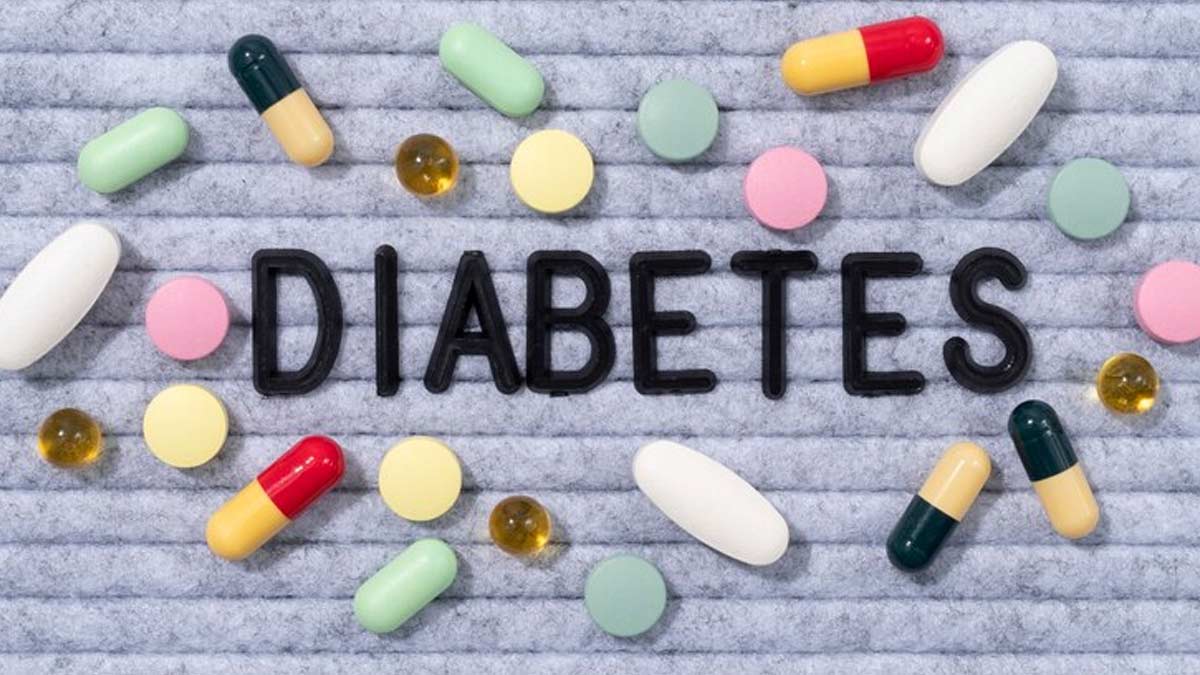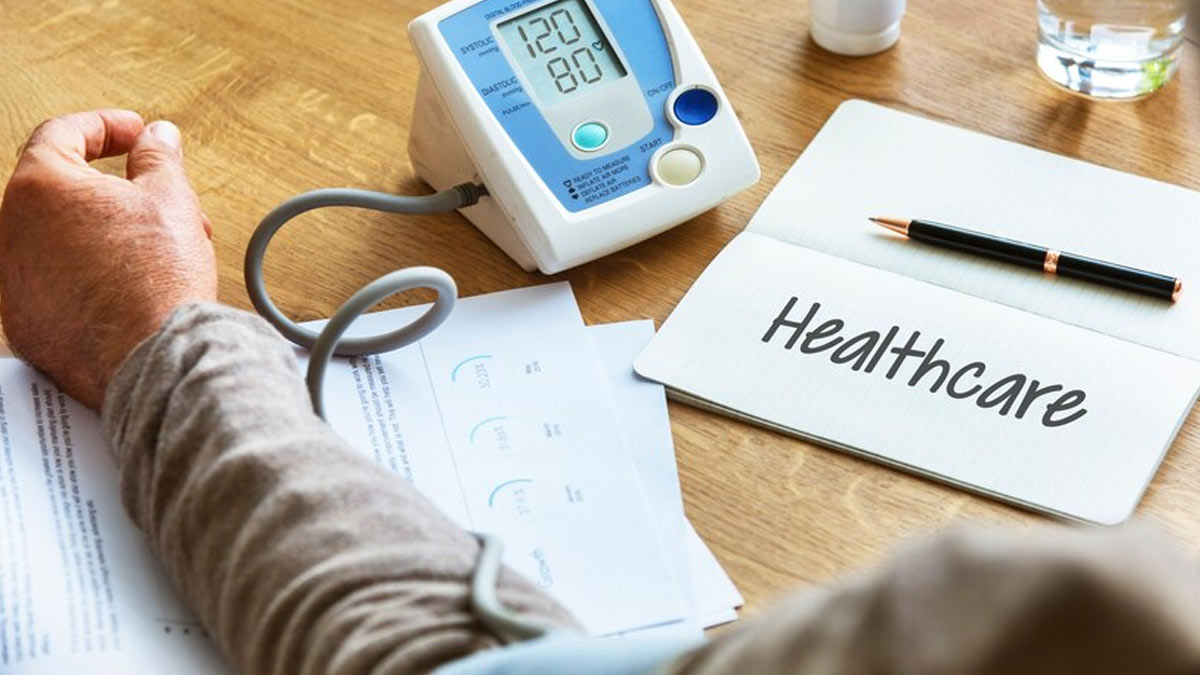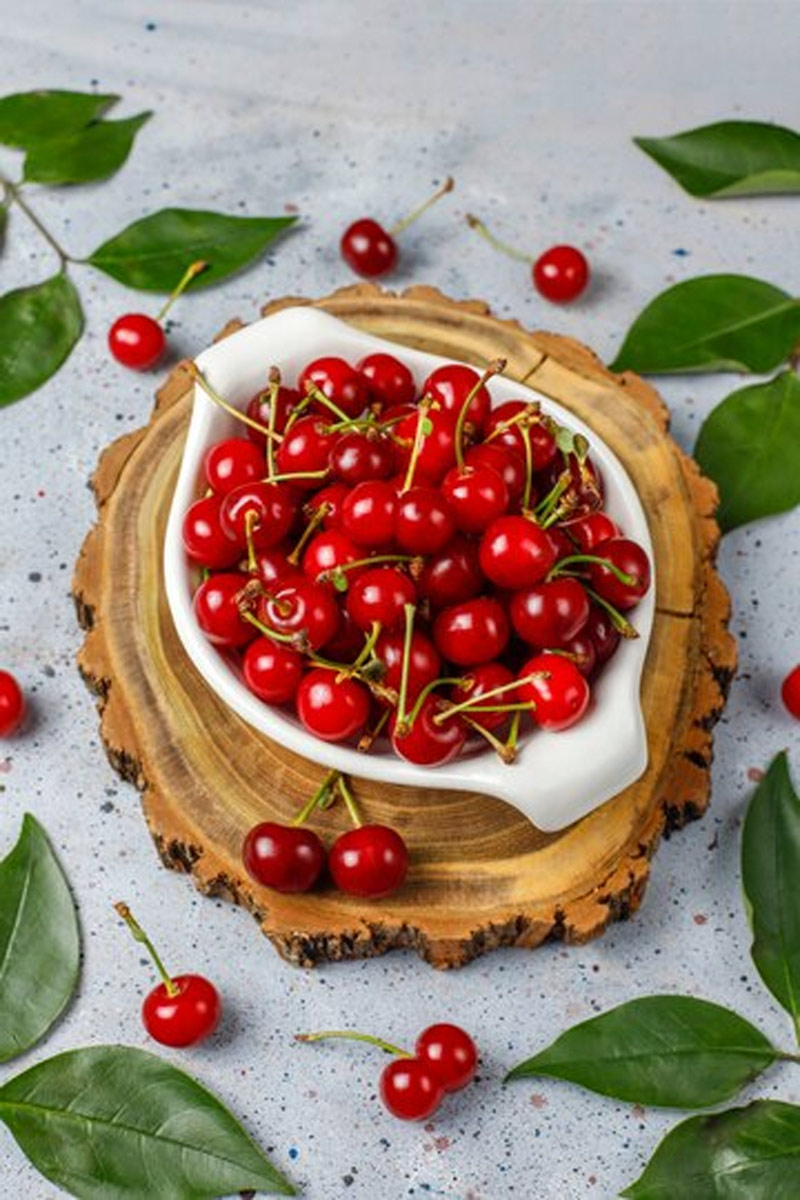
Managing diabetes involves careful monitoring of your diet, particularly carbohydrate intake. While fruits are generally healthy and packed with essential nutrients, some fruits are high in natural sugars and can cause blood sugar spikes. Here are seven fruits that people with diabetes should be cautious about, along with tips on how to manage their consumption.
Table of Content:-
1. Bananas
Why They Are Bad: Bananas are high in carbohydrates and natural sugars, especially when fully ripe. One medium banana contains about 27 grams of carbohydrates, which can significantly impact blood sugar levels. If you love bananas, opt for smaller portions or eat them with a protein or fat source like peanut butter to slow down sugar absorption.

2. Mangoes
Mangoes are delicious but loaded with sugar. A single cup of sliced mango contains about 25 grams of carbohydrates and 23 grams of sugar, which can cause rapid increases in blood sugar.
Also read: Can You Take ORS If You Have Diabetes?
Enjoy mangoes in moderation and combine them with high-fibre foods to minimise their impact on blood sugar.
3. Grapes
Grapes, though small, are high in sugar. A cup of grapes contains around 27 grams of carbohydrates and 23 grams of sugar. They can be quickly consumed in large quantities, leading to a blood sugar spike. Eat grapes in controlled portions and mix them with nuts or cheese to balance their sugar content.
4. Pineapple
Why They Are Bad: Pineapple is another tropical fruit that is high in sugar. One cup of pineapple chunks has about 22 grams of carbohydrates and 16 grams of sugar, which can elevate blood glucose levels. Limit pineapple intake and choose fresh over canned, as canned pineapple often contains added sugars.
5. Cherries
Cherries are rich in vitamins and antioxidants, but they also have a high sugar content. A cup of cherries has around 25 grams of carbohydrates and 18 grams of sugar. Eat cherries in small portions and avoid sweetened or dried cherries, which have even higher sugar levels.

6. Lychees
Lychees are small and sweet, with one cup containing about 29 grams of carbohydrates and 28 grams of sugar. Their high sugar content can lead to a quick spike in blood sugar levels. Consume lychees sparingly and pair them with a protein-rich food to mitigate their impact on blood sugar.
7. Figs
Figs are nutrient-dense but also high in sugar. A small serving of about four figs contains approximately 26 grams of carbohydrates and 20 grams of sugar.
Also read: Doctor Explains The Role Of High Blood Pressure And Diabetes In Eye Diseases
Limit your intake of figs to small quantities and consider combining them with a high-fiber food like oatmeal to slow sugar absorption.
General Tips for Managing Fruit Consumption with Diabetes
- Monitor Portion Sizes: Even fruits lower in sugar can affect blood sugar levels if eaten in large amounts. Stick to recommended serving sizes.
- Choose Whole Fruits: Whole fruits contain fibre, which helps slow down the absorption of sugar. Avoid fruit juices and dried fruits, which have higher concentrations of sugar and lack fibre.
- Pair with Protein or Fat: Combining fruits with proteins or healthy fats can help slow the absorption of sugar and prevent spikes in blood glucose levels.
- Opt for Low-Glycemic Fruits: Fruits like berries, apples, and pears have lower glycemic indexes and are better choices for managing blood sugar levels.
- Check Blood Sugar Levels: Keep track of how different fruits affect your blood sugar levels by testing regularly. This will help you make informed choices about which fruits to include in your diet.
- Consult a Dietitian: A registered dietitian can help you create a personalised meal plan that includes fruits in a way that manages your blood sugar levels effectively.
- Stay Hydrated: Drinking plenty of water can help manage blood sugar levels and overall health.
While fruits are an essential part of a balanced diet, those with diabetes need to be mindful of their choices. High-sugar fruits like bananas, mangoes, grapes, pineapples, cherries, lychees, and figs can cause blood sugar spikes if not managed properly. By monitoring portion sizes, choosing low-glycemic options, and pairing fruits with proteins or fats, individuals with diabetes can still enjoy fruits while maintaining stable blood sugar levels. Always consult with healthcare professionals to tailor dietary choices to your specific needs.
Also watch this video
How we keep this article up to date:
We work with experts and keep a close eye on the latest in health and wellness. Whenever there is a new research or helpful information, we update our articles with accurate and useful advice.
Current Version